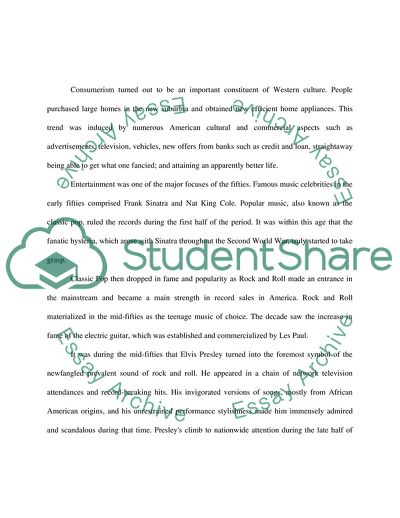Cite this document
(The 1950s as a Decade of Both Buoyancy and Opulence in the United States Article Example | Topics and Well Written Essays - 1750 words, n.d.)
The 1950s as a Decade of Both Buoyancy and Opulence in the United States Article Example | Topics and Well Written Essays - 1750 words. https://studentshare.org/history/1772242-the-1950s
The 1950s as a Decade of Both Buoyancy and Opulence in the United States Article Example | Topics and Well Written Essays - 1750 words. https://studentshare.org/history/1772242-the-1950s
(The 1950s As a Decade of Both Buoyancy and Opulence in the United States Article Example | Topics and Well Written Essays - 1750 Words)
The 1950s As a Decade of Both Buoyancy and Opulence in the United States Article Example | Topics and Well Written Essays - 1750 Words. https://studentshare.org/history/1772242-the-1950s.
The 1950s As a Decade of Both Buoyancy and Opulence in the United States Article Example | Topics and Well Written Essays - 1750 Words. https://studentshare.org/history/1772242-the-1950s.
“The 1950s As a Decade of Both Buoyancy and Opulence in the United States Article Example | Topics and Well Written Essays - 1750 Words”. https://studentshare.org/history/1772242-the-1950s.


